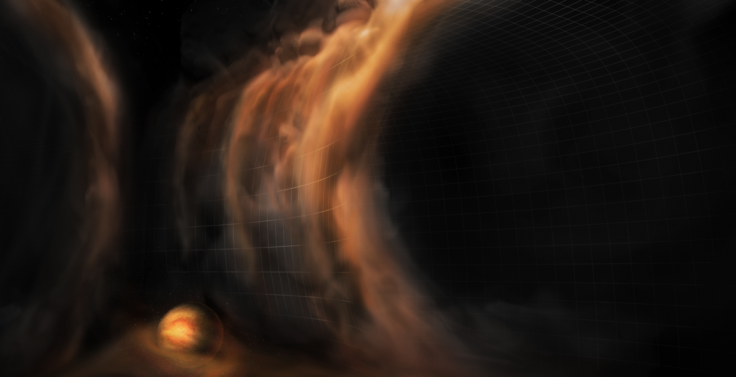Planets are born through disks made out of gas and dust. Astronomers explore the protoplanetary disks in order to get a grip on how they are formed.
About 99 percent of a protoplanetary disk's mass is formed of gas, the brightest feature of which is carbon monoxide (CO). It emits a unique millimeter-wavelength light that researchers examined through beautiful images of disks made of Atacama Large Millimeter/submillimeter Array (ALMA).
Last year, the gas was used to exhibit a novel technique to hunt the planet. Researchers gauged the velocity of CO gas that was rotating in the disk around a new star HD 163296. Due to some local aberrations in the gas movements, three planet-like patterns were seen in the disk.

Examining the gas's velocity in more detail, lead author of the article published in nature.com, Richard Teague from the University of Michigan, leveraged high-resolution ALMA data from the Disk Substructures at High Angular Resolution Project (DSHARP).
"With the high fidelity data from this program, we were able to measure the gas's velocity in three directions instead of just one," said Teague. "For the first time, we measured the motion of the gas rotating around the star, towards or away from the star, and up or downwards in the disk."
Information has been provided by the National Radio Astronomy Observatory. The team observed that the gas shifted from higher layers to the middle at three spots. "What most likely happens is that a planet in orbit around the star pushes the gas and dust aside, opening a gap," Teague said. "The gas above the gap then collapses into it like a waterfall, causing a rotational flow of gas in the disk."
He further explained that planets are made in the middle layer of the disk, the midplane, which is cold, protected from a star's radiation, Teague explained. "We think that the gaps caused by planets bring in warmer gas from the more chemically active outer layers of the disk, and that this gas will form the atmosphere of the planet."
It seems clear that planets being formed around HD 163296. But are the gas flows due to planets? The star's magnetic field might also lead to gas disturbances. "Right now, only a direct observation of the planets could rule out the other options. But the patterns of these gas flows are unique and it is very likely that they can only be caused by planets," said co-author Jaehan Bae of the Carnegie Institution for Science.









